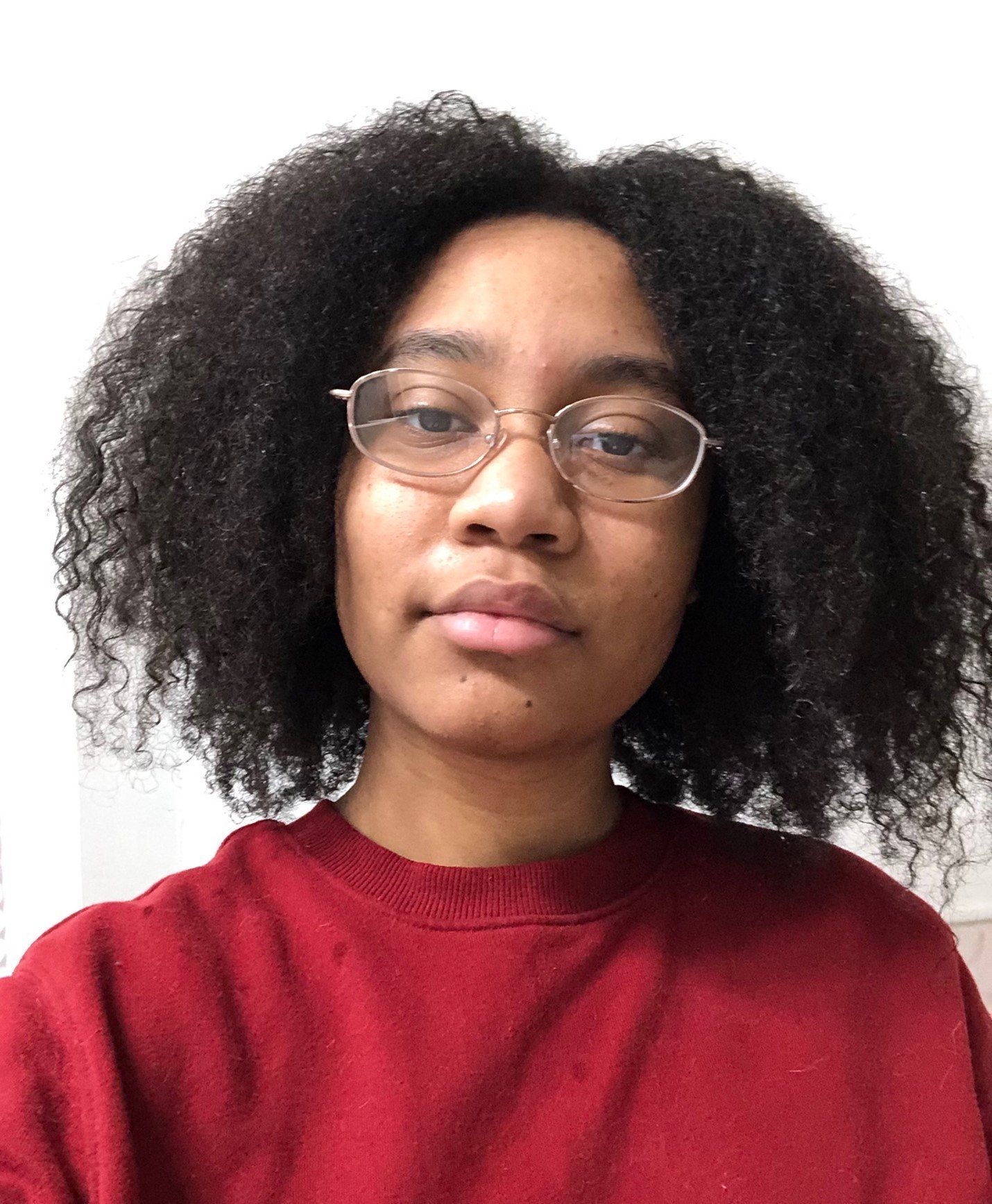Nantucket Maria Mitchell Association’s National Science Foundation Research Experiences for Undergraduates Intern Kiana Burton Wins Prestigious Chambliss Astronomy Achievement Award
The Nantucket Maria Mitchell Association (MMA) is delighted to announce that summer 2020 National Science Foundation Research Experiences for Undergraduates (NSF-REU) intern, Kiana Burton, has won the prestigious Chambliss Astronomy Achievement Student Award for her research presentation at the recent virtual meeting of the American Astronomical Society (AAS). Burton is one of fifteen winners, out of the 170 undergraduates who entered the competition. Due to COVID-19 travel restrictions, the meeting took place entirely online. Burton gave a poster presentation titled “First Millimeter Flares Detected From Epsilon Eridani With ALMA” and answered audience questions on her research.
Burton’s research focused on searching for highly energetic flares from a nearby star called Epsilon Eridani. Searching for and studying stellar flares is vital for understanding how they might impact any potential life on exoplanets in orbit around the star. Burton’s research mentor, Dr. Meredith MacGregor of the University of Colorado, Boulder, and a Maria Mitchell Observatory (MMO) NSF-REU alumna herself, said, “Energy from stars can ionize and even erode the atmosphere of a planet, turning a habitable world into a barren wasteland. Kiana has been working to understand how this happens in order to help us figure out how many worlds could be affected.”
MMO director Dr. Regina Jorgenson remarked, “It was a joy to work with Kiana last summer. Even though we ran the program remotely due to the Pandemic travel restrictions, Kiana and the other interns worked very hard on their research projects. I couldn’t be happier and more honored to have had the opportunity to work with this amazing group of young scholars.”
Burton, who is majoring in physics, is currently in her senior year at Temple University in Philadelphia, Pennsylvania. In the fall, Burton will begin her graduate studies, pursuing a Ph.D. in astrophysics at the University of Colorado, Boulder. Burton was also recently awarded an Honorable Mention in the prestigious National Science Foundation Graduate Research Fellowship Program.
Asked about her experience as an NSF-REU intern at the MMA, Burton said, “My time as an REU student with the Maria Mitchell Association allowed me to participate in really exciting research which I presented at the AAS meeting. I was grateful for the opportunity to attend the meeting and really excited to be awarded the Chambliss Astronomy Achievement Student Award.”
Reflecting on the mentoring aspect of the MMO program, Dr. MacGregor said, "The Maria Mitchell Association’s NSF-REU program was my first experience in astronomy research and played a critical role in my career. It has been a tremendous joy to work with the program again as a mentor. Kiana's work over the last year has led to new discoveries and improved our understanding of stellar flares. I'm excited to see where her career takes her as she starts graduate school!"
Burton’s award marks the fifth Chambliss Award to be won by an MMO NSF-REU intern over the past six years.
AAS Press Release:
https://aas.org/posts/news/2021/02/chambliss-student-poster-awards-aas-237
General AAS Chambliss Site:
https://aas.org/grants-and-prizes/chambliss-astronomy-achievement-student-awards
The Maria Mitchell Association is a private non-profit organization. Founded in 1902, the MMA works to preserve the legacy of Nantucket native astronomer, naturalist, librarian, and educator, Maria Mitchell. The Maria Mitchell Association operates two observatories, a natural science museum, an aquarium, a research center, and preserves the historic birthplace of Maria Mitchell. A wide variety of science and history-related programming is offered throughout the year for people of all ages.
For Immediate Release
March 26, 2021
Contact: Kelly Bernatzky, MMA Development Associate
Recent Posts





